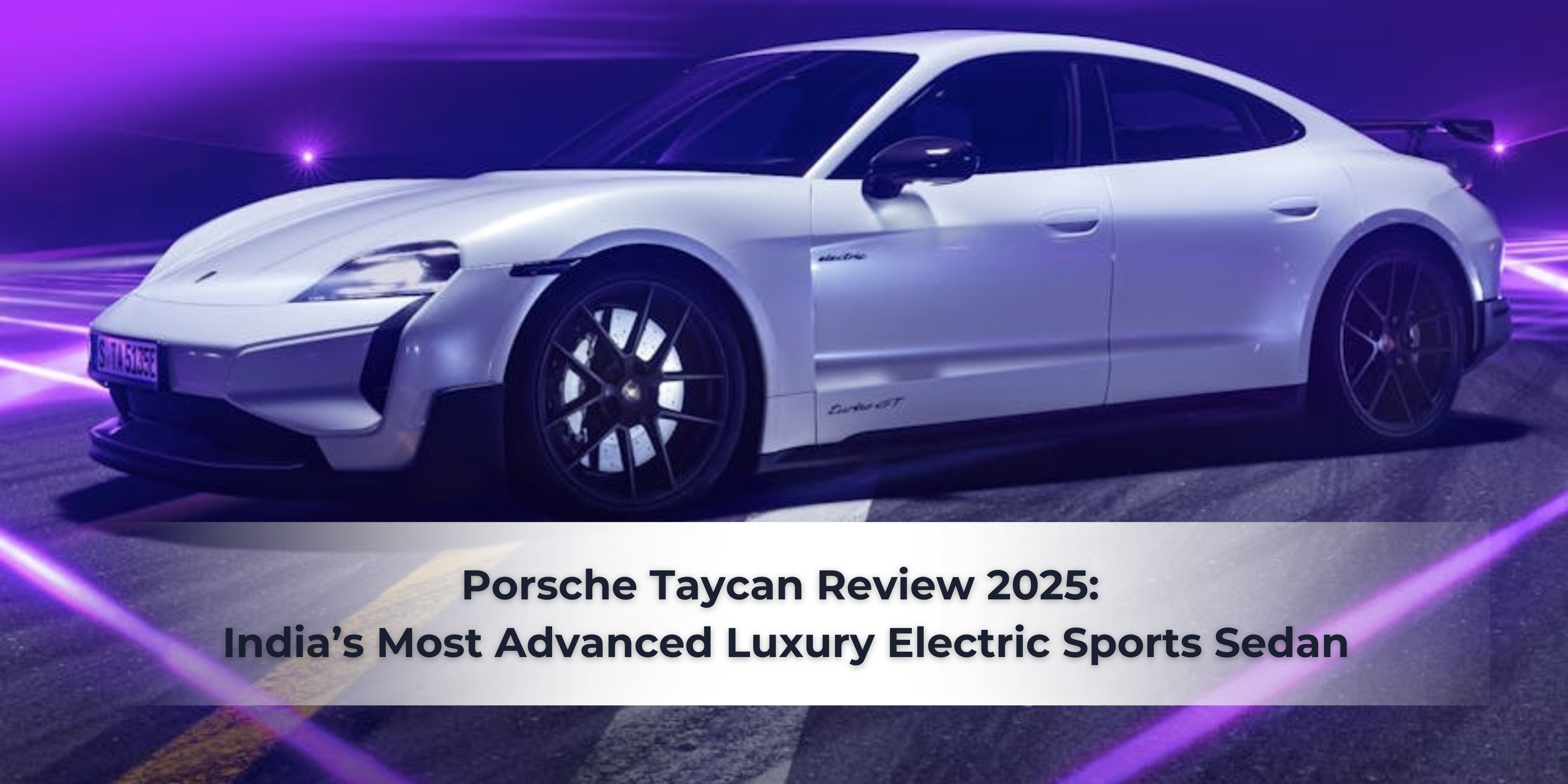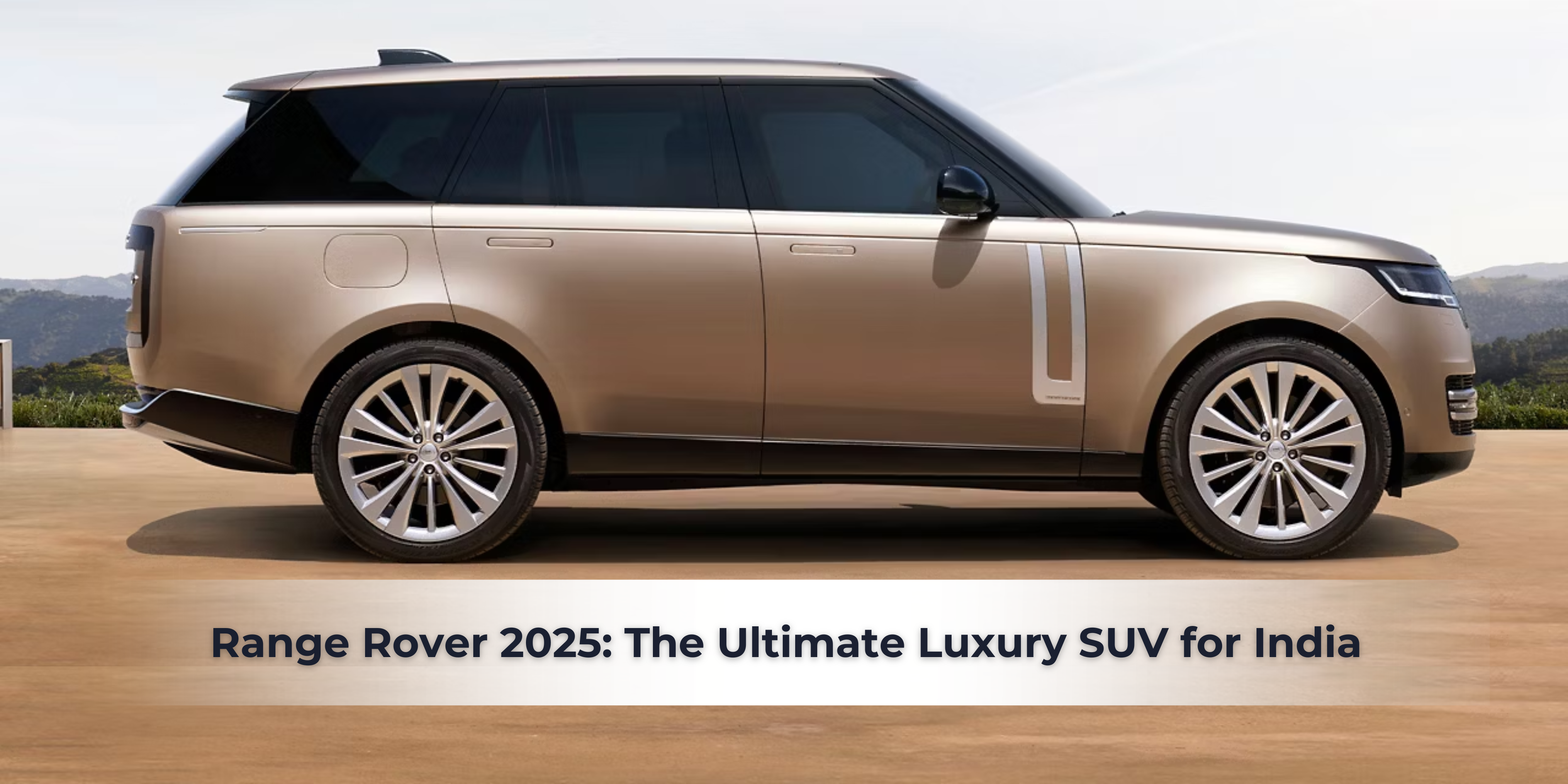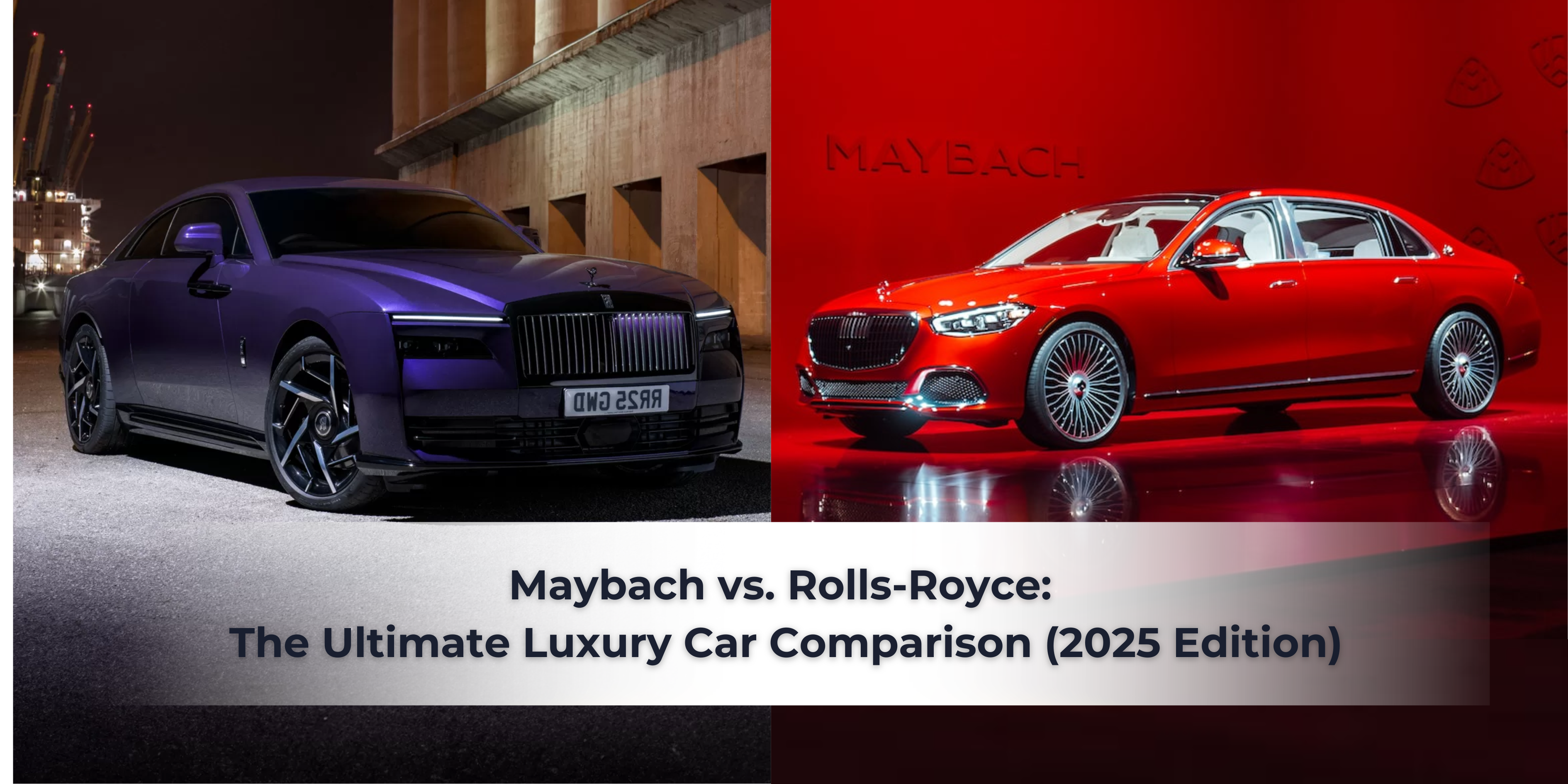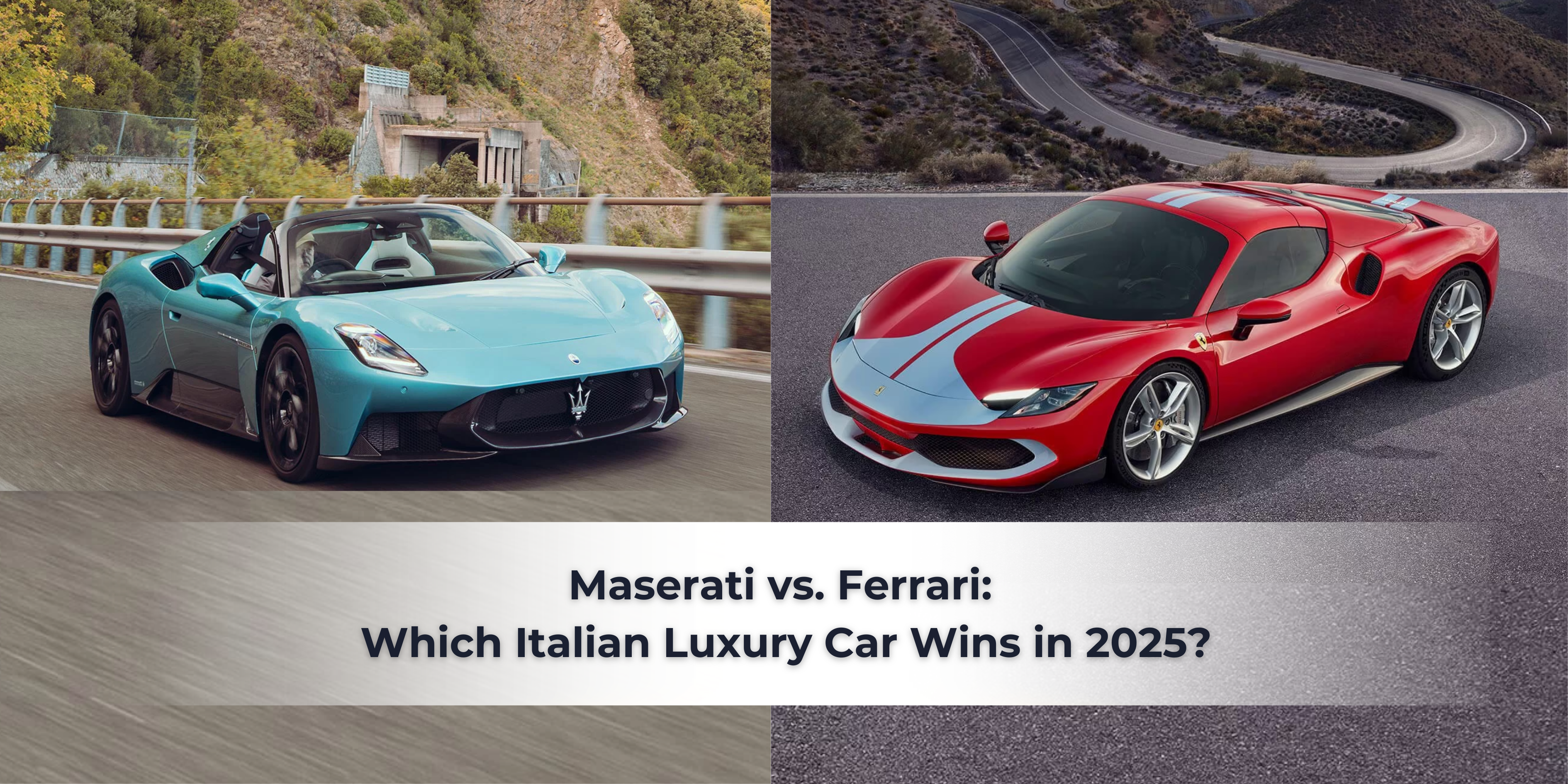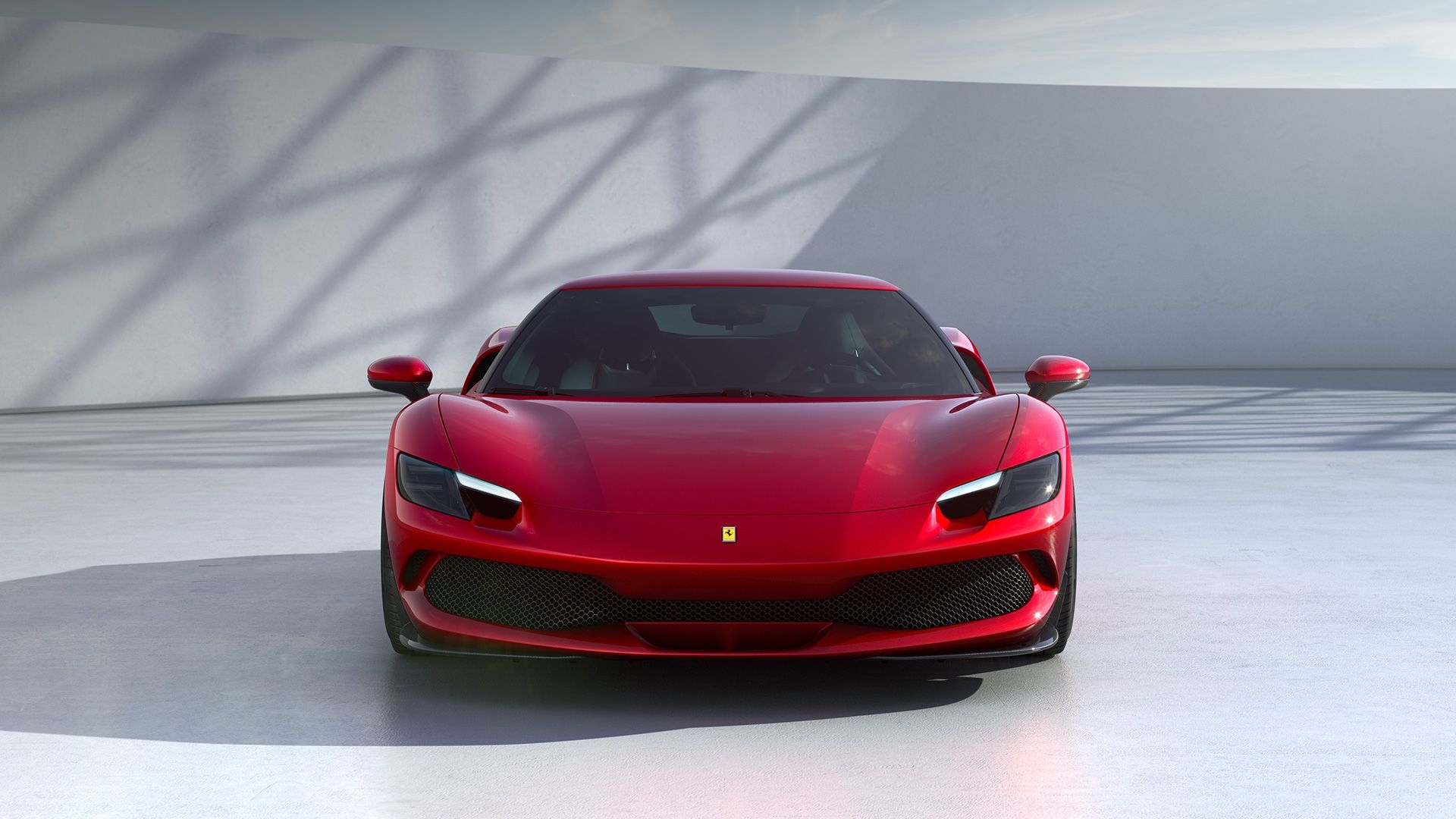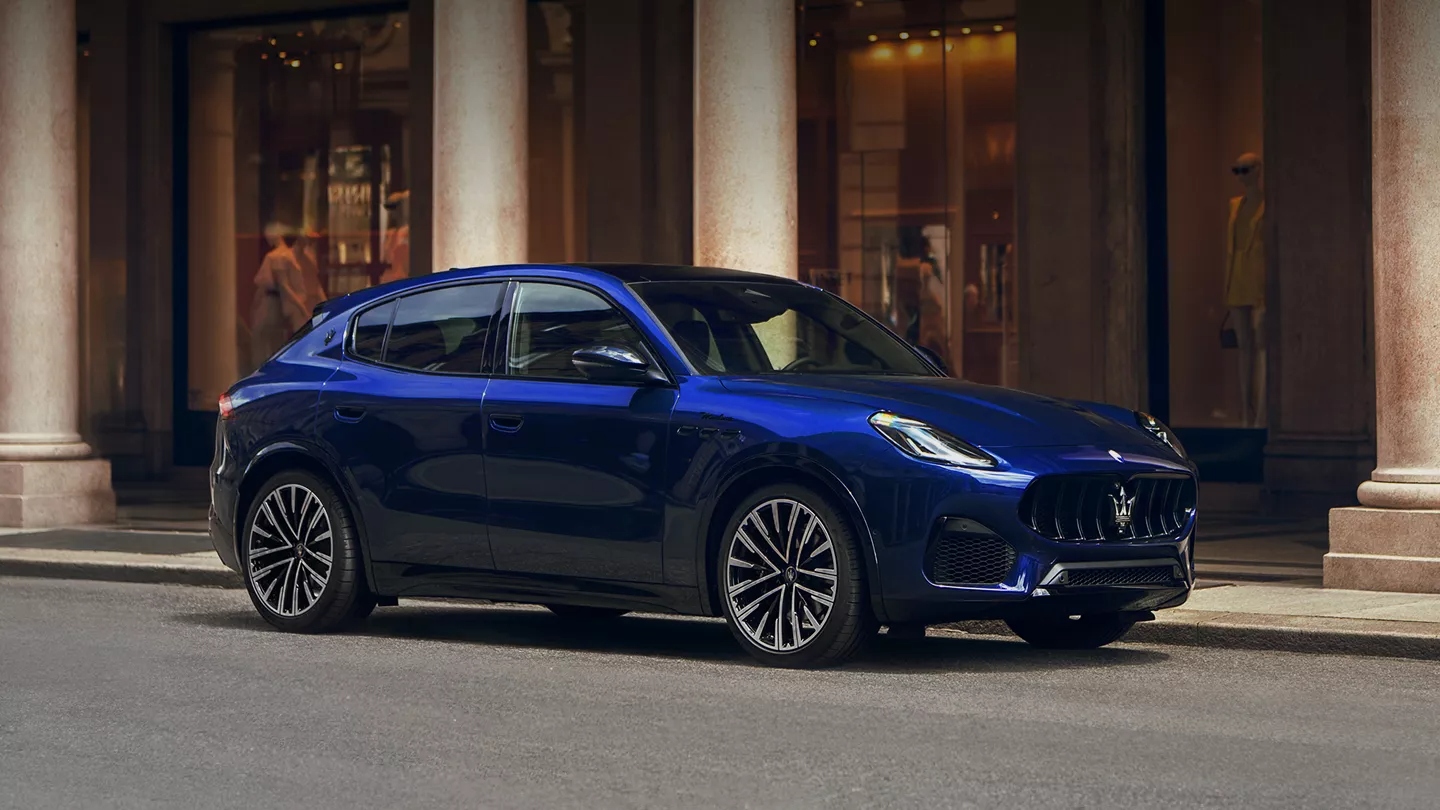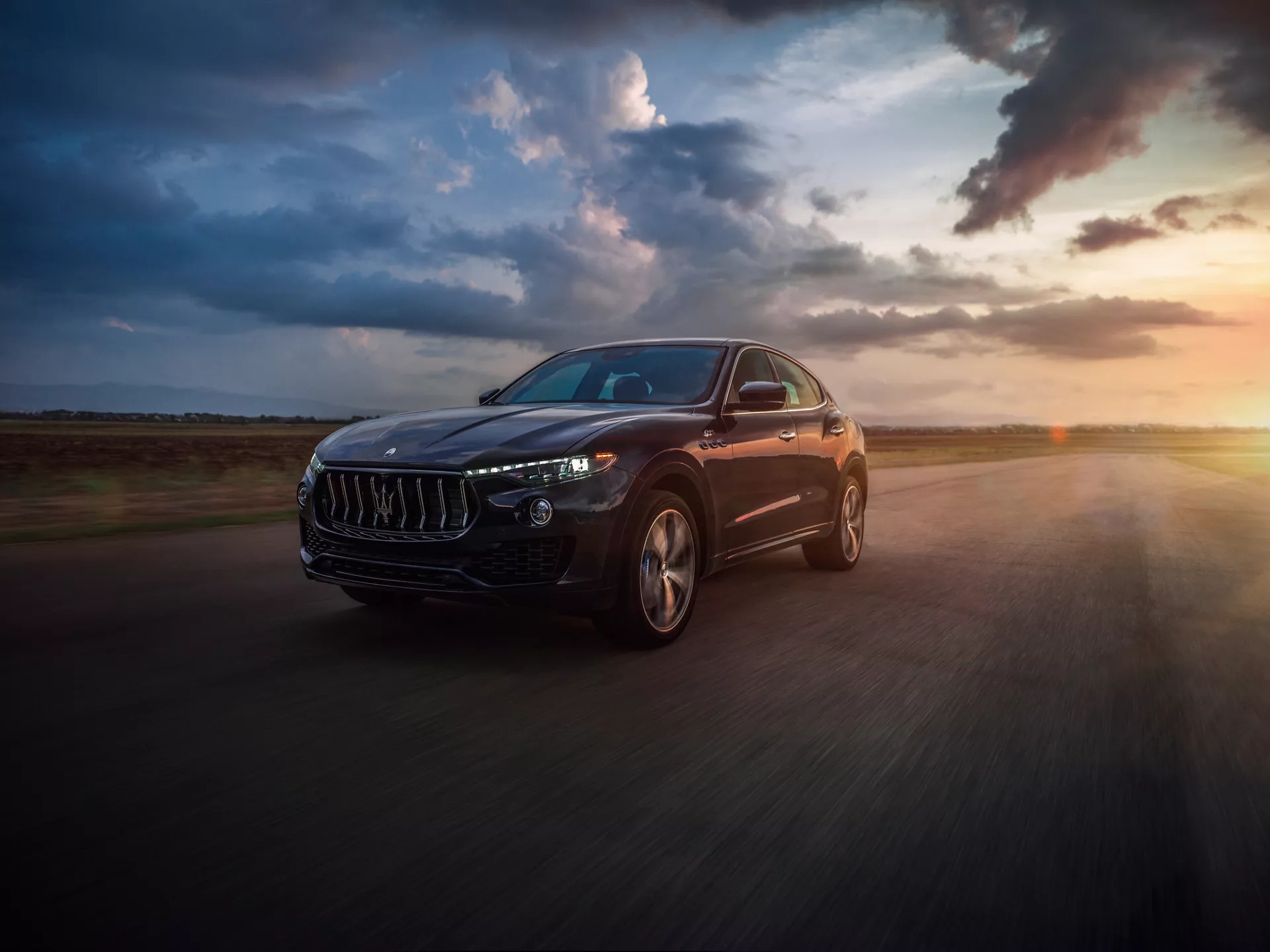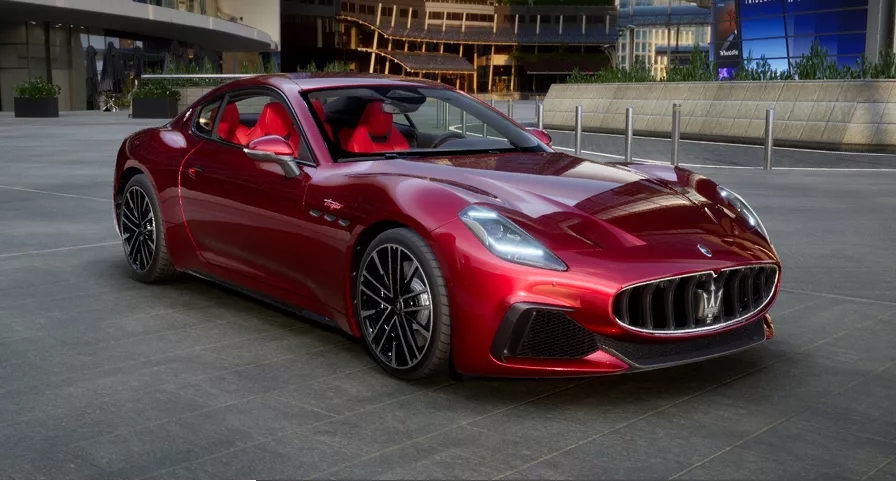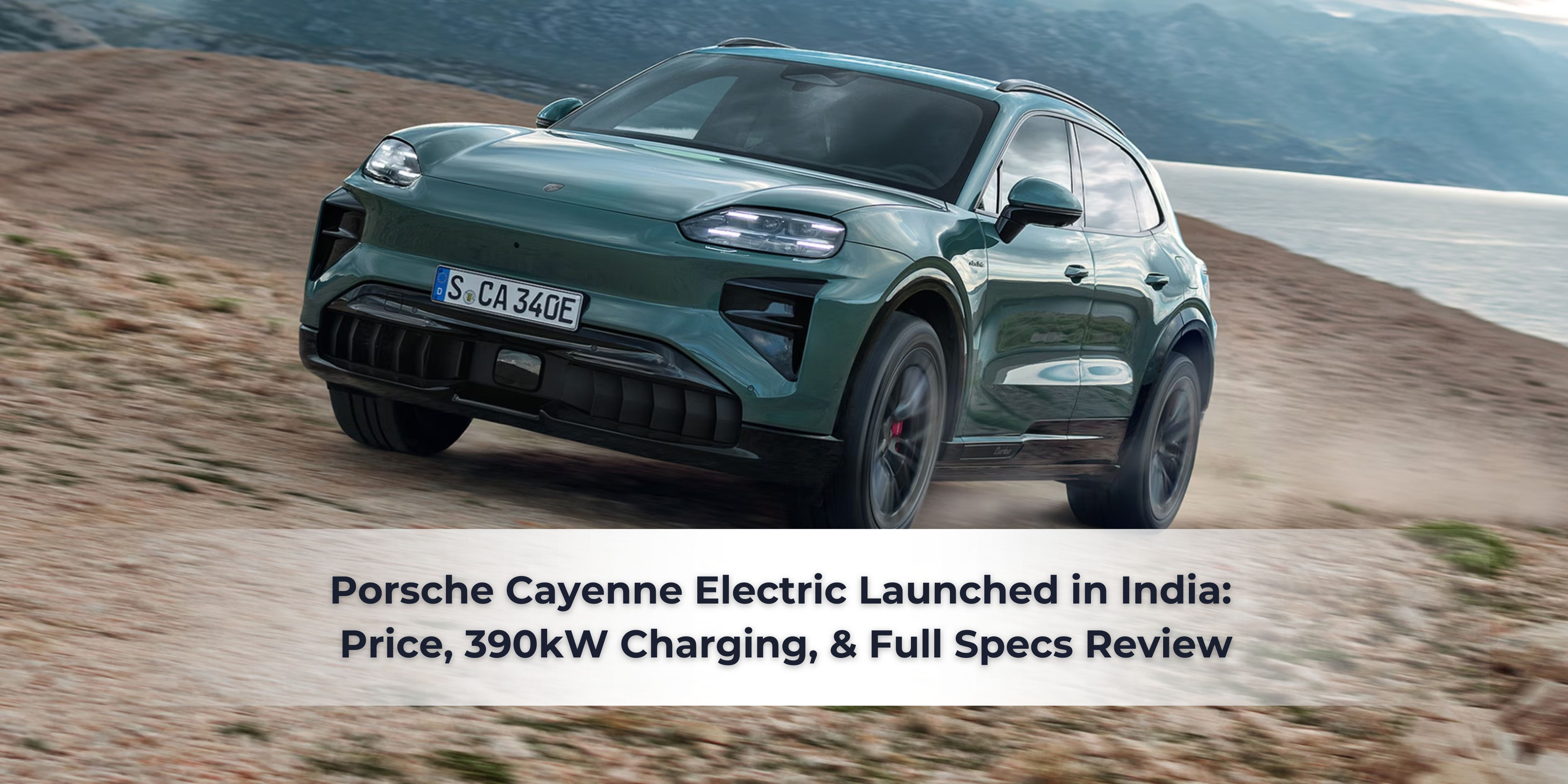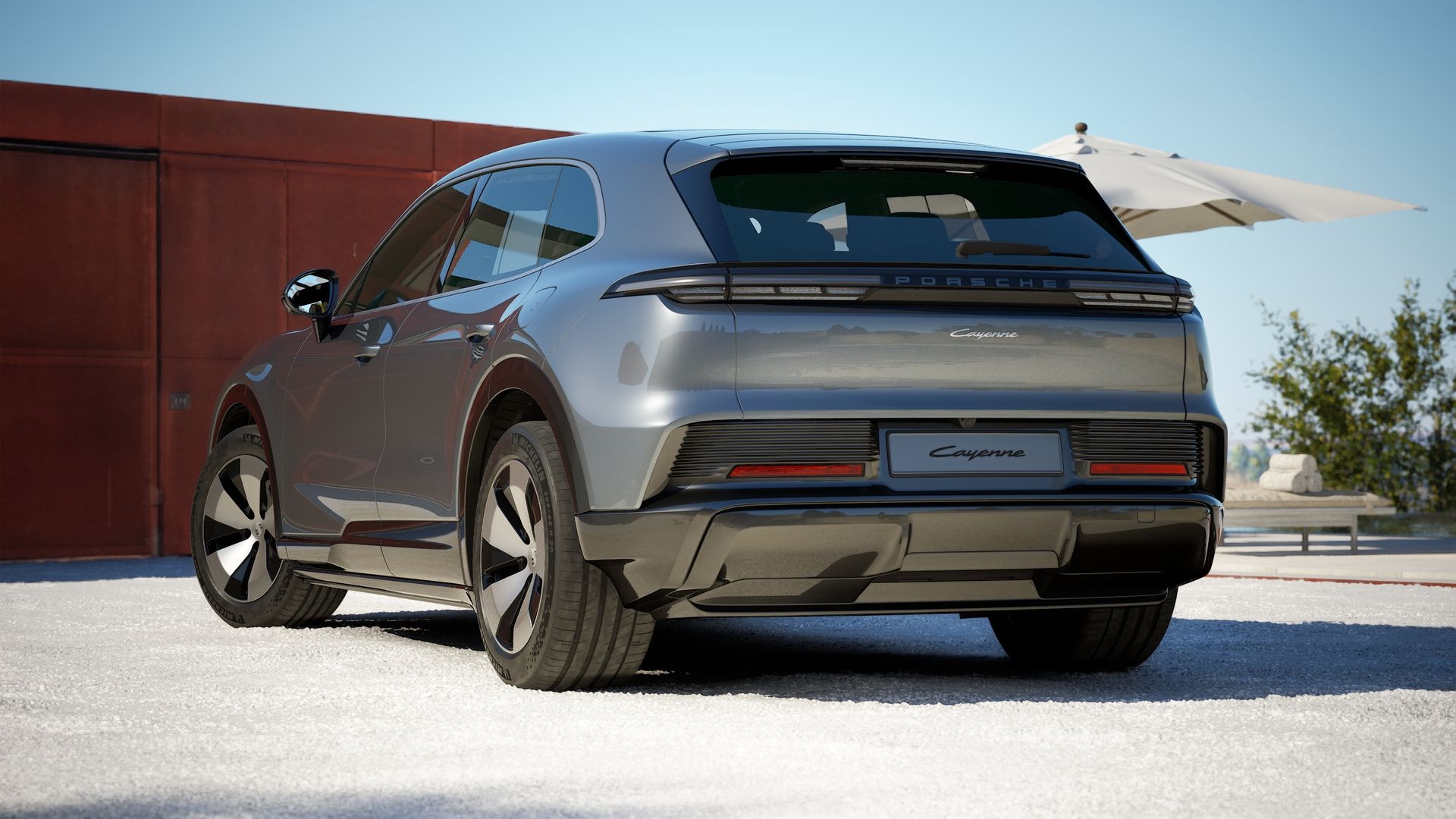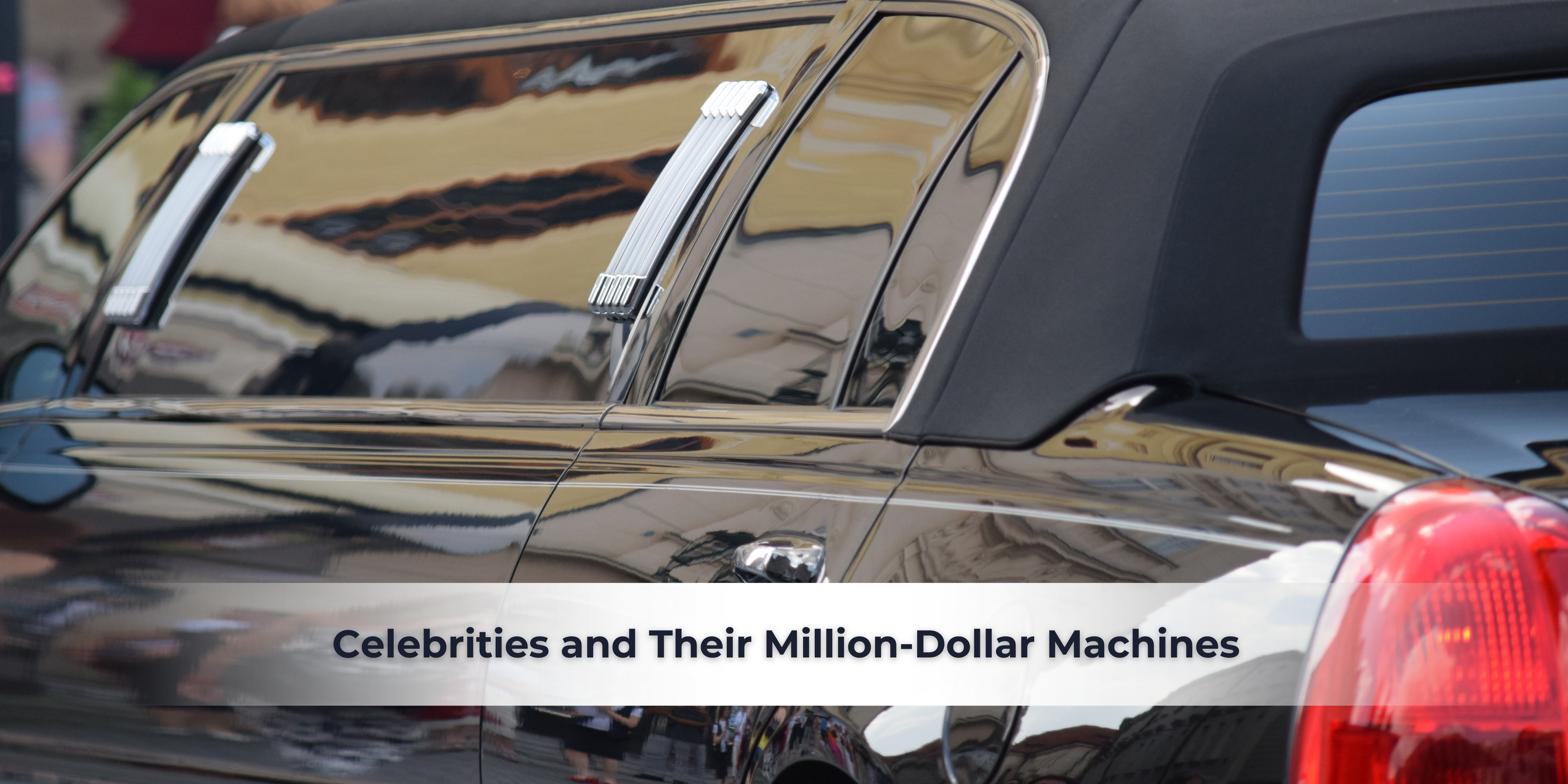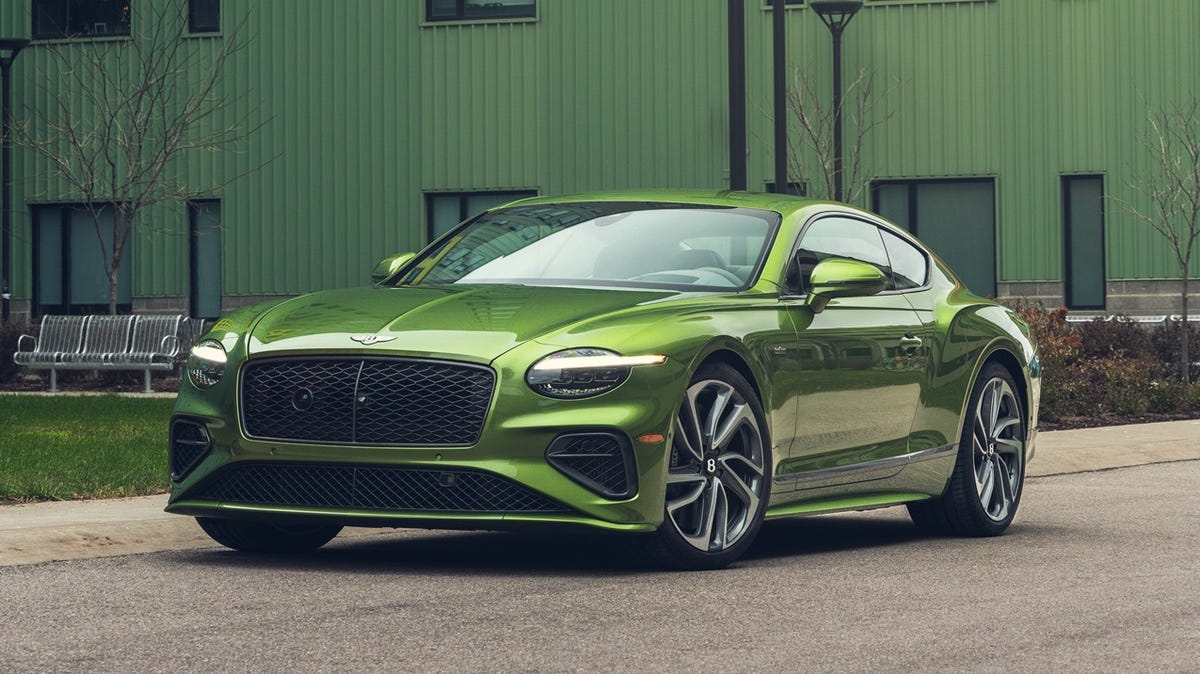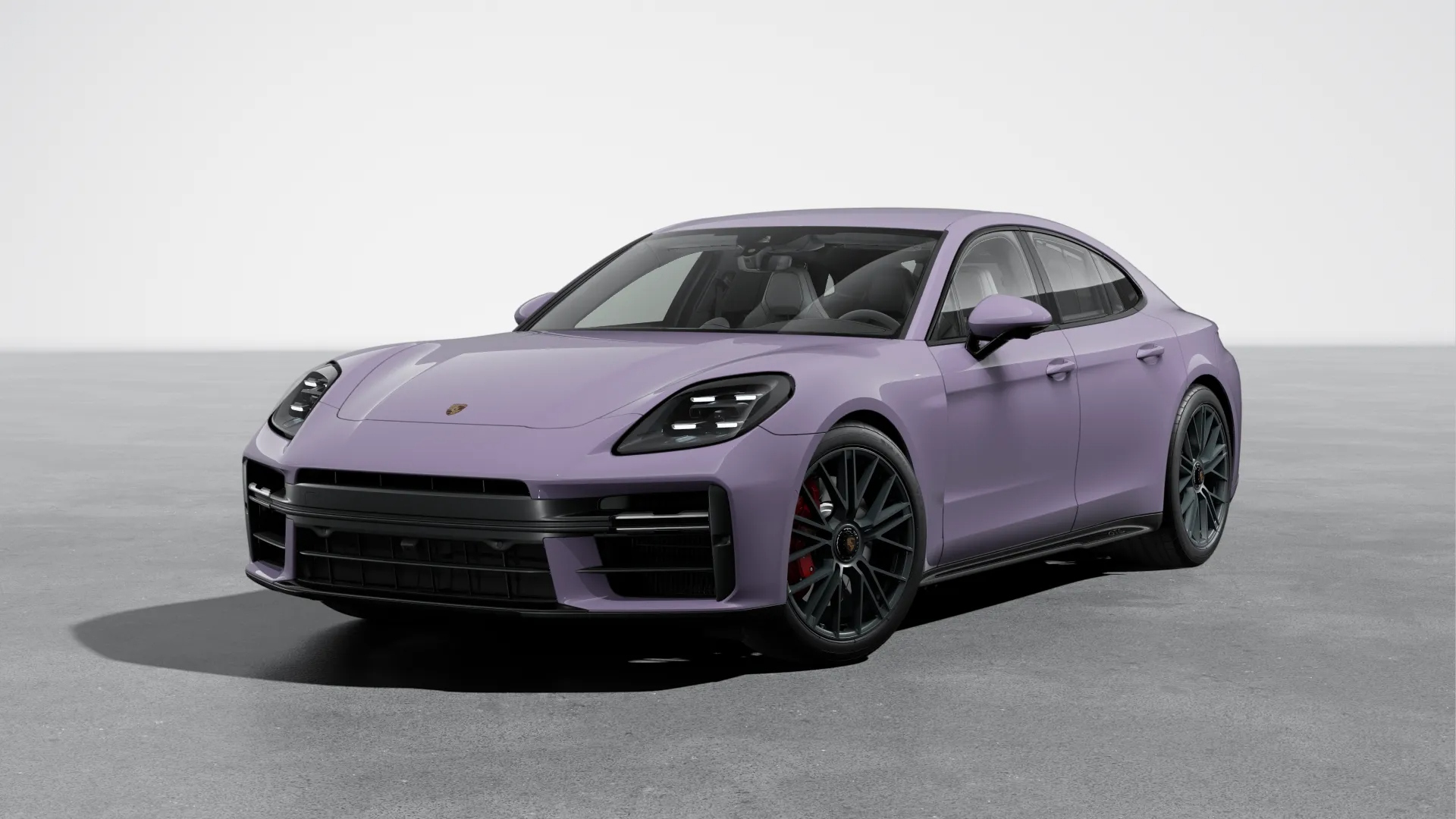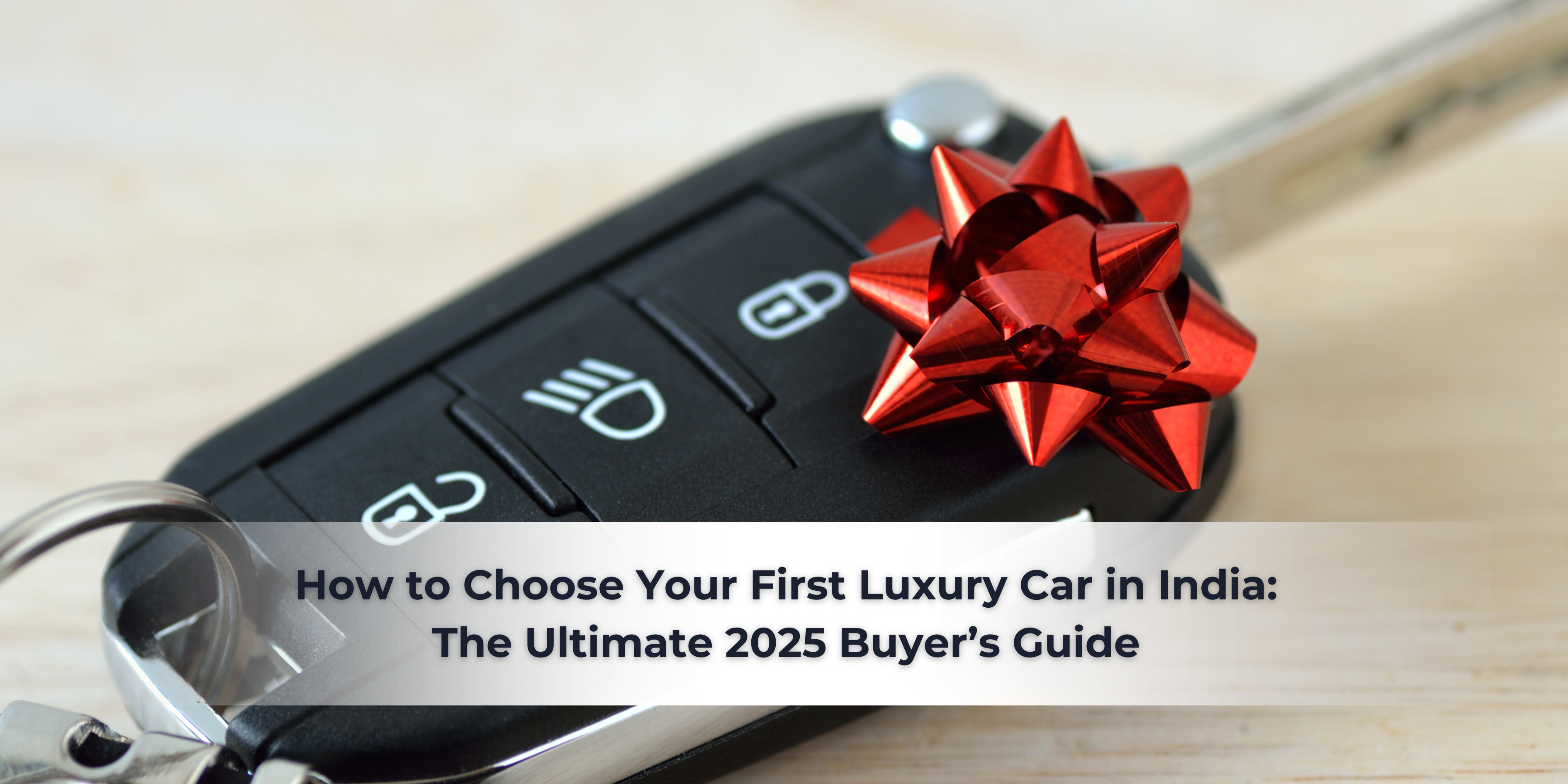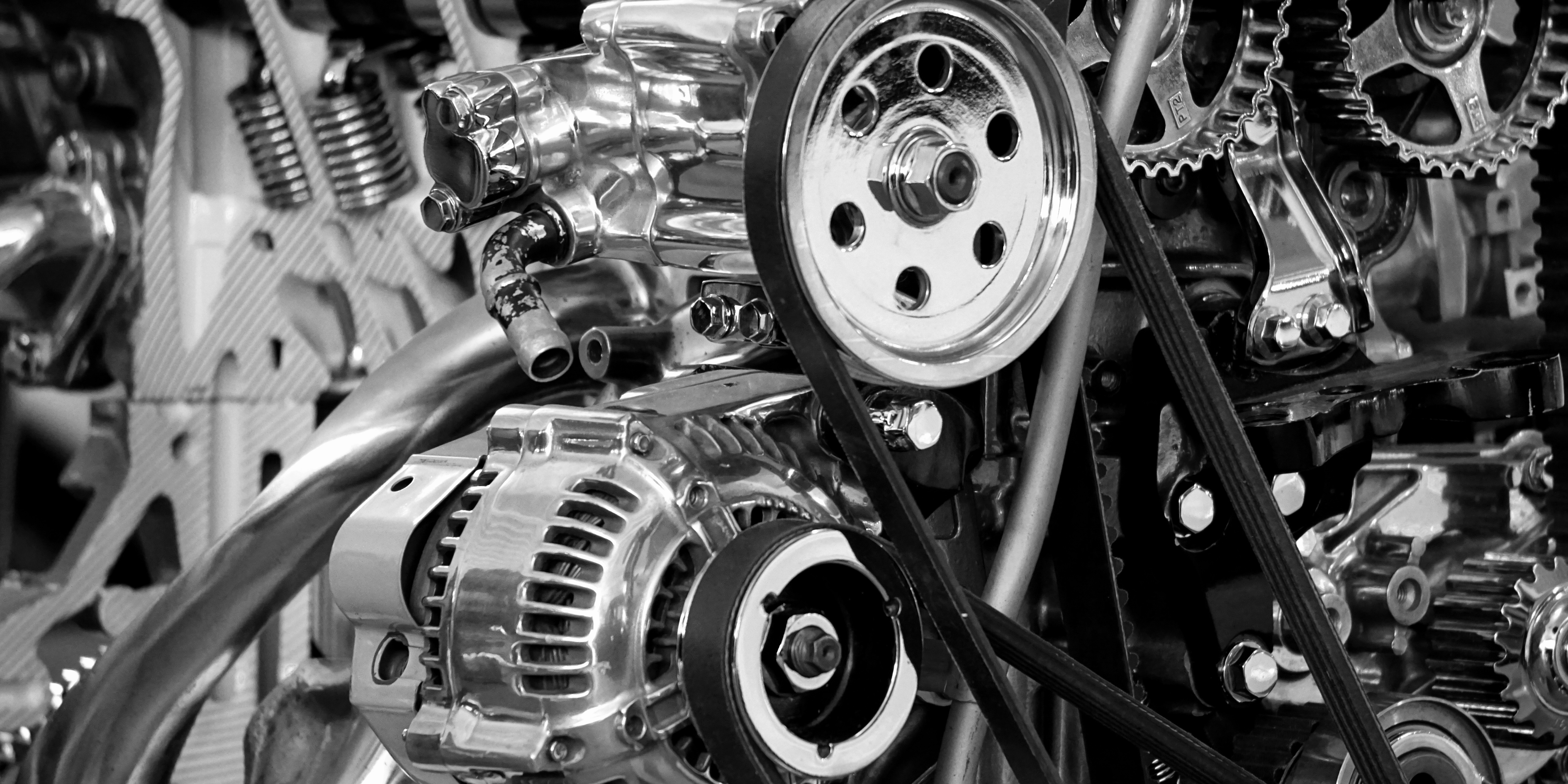The Porsche Taycan is Porsche’s flagship electric sports sedan, blending breathtaking electric performance with refined luxury. Leveraging a cutting-edge 800-volt architecture for ultra-fast charging and delivering instant torque, the 2025 Taycan offers a claimed WLTP range of up to 678 kilometers (for the base model). It redefines what an electric Porsche feels like, offering a driver-centric cabin and handling that is unmistakably Porsche. This review dives into its design, performance, range, and daily usability for Indian luxury car buyers.
Design and Exterior: Sleek, Sporty, and Functional

When you first see the Taycan, you realize it is not just a car-it is a statement. The roofline is fluid, the stance low and purposeful, and every curve has a role in managing air flow.
- Four-point LED headlights (a true Porsche signature).
- Slim, aggressive front fascia with active air intakes that open only when cooling is needed.
- Smooth, flush door handles that pop out when unlocked, contributing to the aerodynamic drag coefficient which can be as low as 0.22.
- Rear light bar that stretches wide, giving it a futuristic touch.
This design is optimized for efficiency and performance, ensuring the Taycan feels just as much a supercar as it is a luxury EV.
Power and Performance: Electric Thrill, Porsche Soul
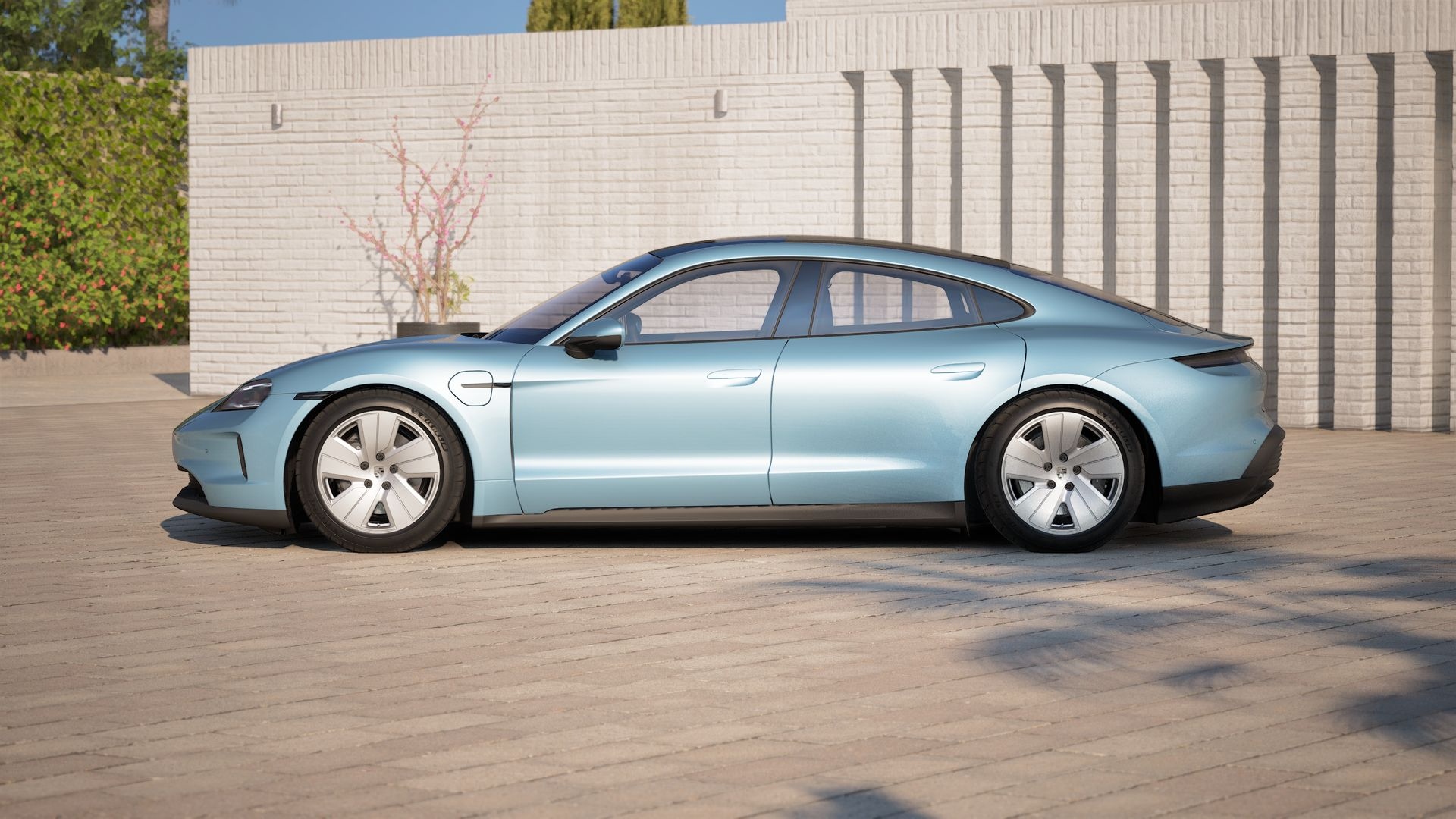
Under the hood-well, where the hood would be in an ICE car-is a fully electric powertrain that commands respect. The performance is blisteringly fast, with even the base RWD model showing impressive metrics.
| Performance Spec | Value (OEM) |
| Motors | Permanent-magnet synchronous motors (front/rear depending on variant) |
| Transmission | 2-speed gearbox on the rear axle for exceptional launches |
| Base Taycan (RWD) 0–100 km/h | 4.8 seconds (with Launch Control) |
| Taycan Turbo S 0–100 km/h | As low as 2.4 seconds (with Launch Control) |
| Drive Modes | Multiple, including “Range,” “Normal,” “Sport,” and “Sport Plus” + Launch Control |
What makes the Taycan truly feel like a Porsche is how it handles. The 2-speed rear transmission gives it quick launches, and its Adaptive Air Suspension keeps things planted yet dynamic. Whether you are pushing it on a twisty road or cruising on a long highway stretch, the Taycan remains composed and engaging.
Also read: Porsche Black Edition Models
Battery and Range: Built for Speed and Distance
The Taycan’s electric heart beats with Porsche’s advanced 800-volt battery architecture. This high-voltage system is the key to its performance and charging capability.
- Maximum DC Charging Power: The updated system allows for up to 320 kW DC charging (a 50 kW increase over the previous generation).
- Ultra-Fast Charging Time: The battery can charge from 10 to 80 percent State of Charge (SoC) in as little as 18 minutes under optimal conditions.
- Battery Options: Available with either the Performance Battery (89.0 kWh Gross / 82.3 kWh Net) or the Performance Battery Plus (105.0 kWh Gross / 97.0 kWh Net).
- Maximum Range (WLTP Claimed): The most efficient variant can achieve an electric range of up to 678 kilometers.
The intelligent thermal management ensures stable performance, allowing for rapid and repeatable full-power use even in Indian summers.
Interior and Comfort: Where Sport Meets Luxury

Step inside the Taycan and you will feel both the performance and the prestige. The cabin seamlessly blends analogue controls with cutting-edge digital interfaces.
- Display Layout: Features up to four digital screens, including a 16.8-inch curved instrument cluster and a 10.9-inch central infotainment screen.
- Upholstery: Options include high-quality leather, sustainable Race-Tex (a microfibre material), and unique interior colour schemes.
- Seating: Standard sport seats with excellent support and adjustability. The low-slung battery allows for ‘foot garages’-recesses in the battery tray that improve rear passenger comfort and allow for a lower roofline.
- Cargo Space: Features a front luggage compartment (frunk) of 81 liters and a main rear boot of around 407 liters.

Every detail, from the steering wheel to the switchgear, feels precisely engineered-as you’d expect from Porsche.
Features and Tech: Luxury with Smart Power
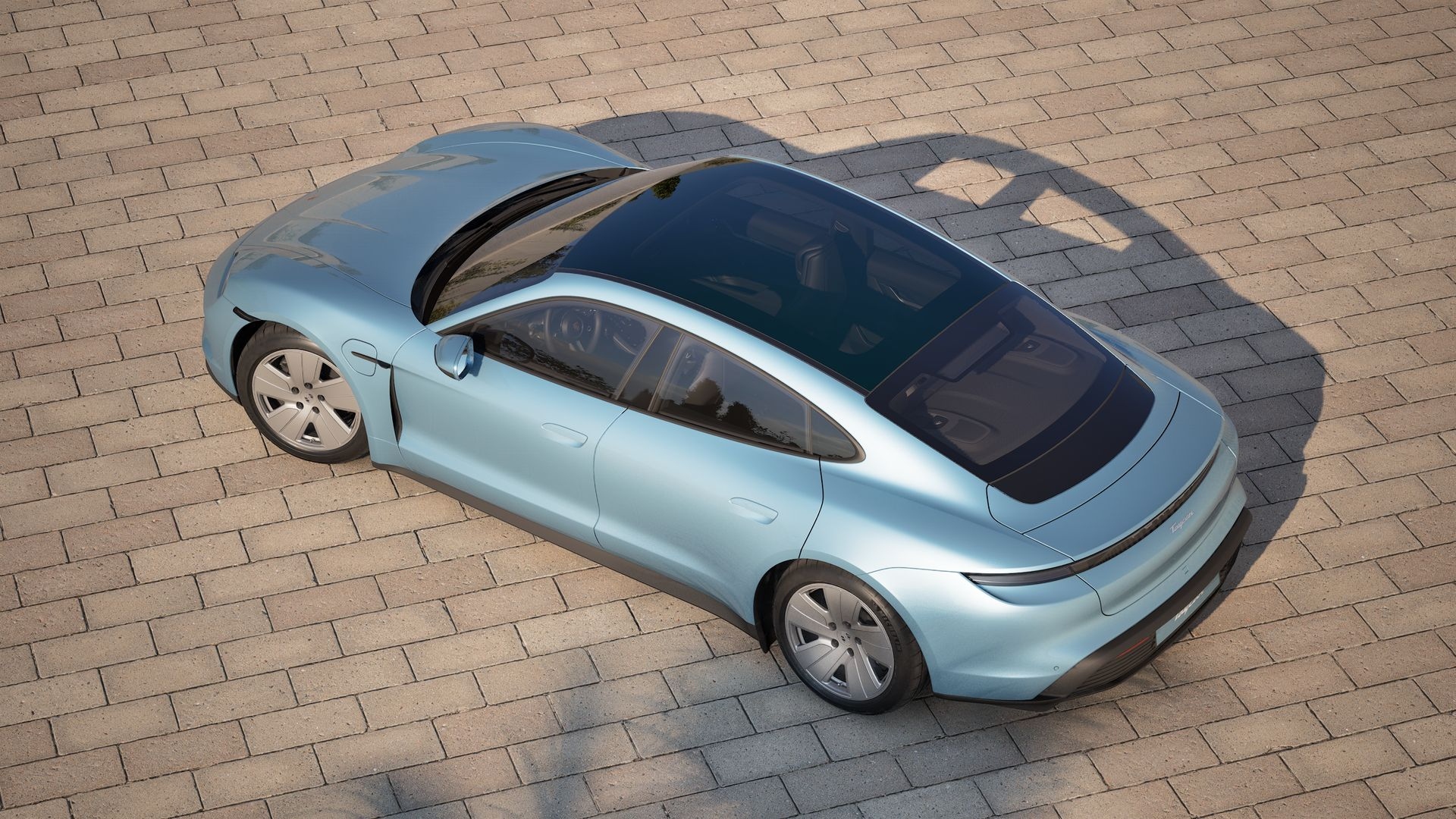
Here are some of the standout features straight from Porsche’s specs:
- Infotainment: Porsche Communication Management (PCM) with real-time navigation, full Apple CarPlay, and Android Auto compatibility.
- Safety Tech: Includes Lane Keep Assist, Park Assist, and an extensive airbag system.
- Optional Upgrades: Head-up Display, Rear-Axle Steering (standard on Turbo/Turbo S), and Surround View Camera.
The Taycan is designed to feel futuristic and user-friendly, prioritising the driver experience over overly complex menus.
Pricing and Variants (India-Relevant)
Porsche Taycan offers the multiple variants, including the base Taycan (RWD), Taycan 4S, Taycan GTS, Taycan Turbo, and the flagship Taycan Turbo S.
- India Pricing: Ex-showroom prices for the Taycan in India typically start around INR 1.70 Crore and can go up to INR 2.69 Crore or more for the top-end variants before optional extras and on-road costs.
- Availability: While India’s options depend on imports and specific customization rules, the full range reflects Porsche’s high-performance electric pedigree. Check with your local Porsche Centre for exact on-road costs and model availability.
Everyday Usability in India
- Charging Infrastructure: Taycan owners benefit most from access to fast DC chargers (CCS2) near highways and metros, which can utilise the car’s 320 kW capability.
- Maintenance: Maintenance costs are generally lower than equivalent ICE supercars, but high-voltage battery and brake servicing require specialized Porsche care.
- City Use: Instant torque and regenerative braking make the Taycan highly usable in city traffic-just be mindful of the relatively low ground clearance of 127 mm (standard level with air suspension) over rough surfaces.
- Long Drives: Thanks to its high-voltage architecture and improved range, the Taycan is excellent for long trips, provided you plan your 18-minute charging stops effectively.
Verdict: Is the Taycan Right for You?
If you are a luxury buyer in India with a taste for performance, the Porsche Taycan is an exceptionally compelling choice. It delivers pure sports-car thrills with zero emissions, wrapped in a design that is unmistakably Porsche.
Choose the Taycan if you want:
- A performance EV with driving purity and soul.
- The industry’s fastest charging capability.
- Unmatched build quality and luxury.
- A future-proof electric sedan you can drive hard.
Final Word: For those ready to step into an electric future without giving up driving purity, the Taycan is not just an EV-it is a Porsche in spirit and soul.
Want help building your ideal Taycan configuration? Connect with the Motozite Team – we will guide you through specs, pricing, charging setup advice, and more.

